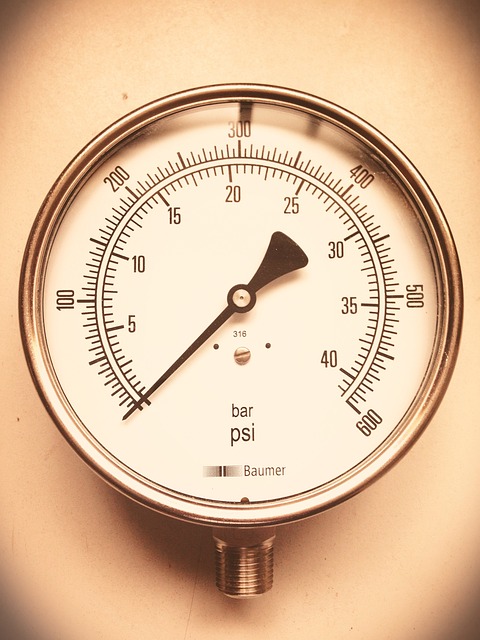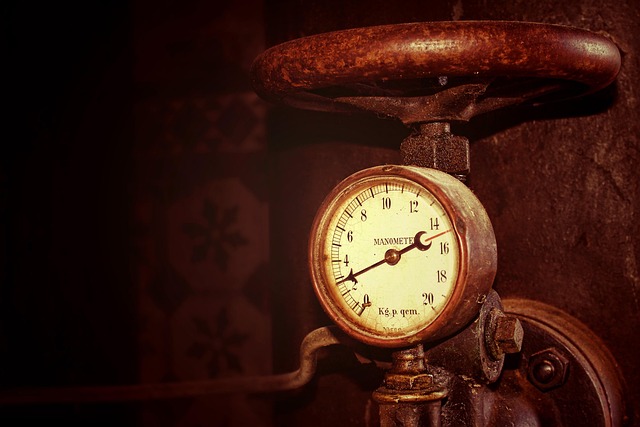Low water pressure, commonly household nuisance, has multiple causes including clogged pipes, leaks, outdated plumbing, mineral buildup, and corroded pipes. Effective solutions involve regular maintenance, replacing old fixtures, cleaning pipes, and installing water softener systems to address root issues and restore optimal water flow.
Low water pressure can be a frustrating household issue, causing everything from weak shower streams to slowly running taps. But what are the real causes behind this problem? This article delves into the common household issues leading to low water pressure, offering insights into your plumbing system and its components. We provide effective solutions to help you restore optimal water pressure, addressing various causes such as clogged pipes, leaks, and more.
- Common Household Issues Leading to Low Water Pressure
- Understanding the Plumbing System and Its Components
- Effective Solutions for Restoring Optimal Water Pressure
Common Household Issues Leading to Low Water Pressure

Low water pressure is a common household issue that can be frustrating and inconvenient. Several common causes often underlie this problem, with many occurring right within your home’s plumbing system. One of the primary culprits is clogged pipes, which can restrict water flow and reduce pressure. Buildup of mineral deposits, grease, or debris can narrow pipe diameters, causing a significant drop in water pressure throughout your home.
Another frequent issue is leaks, whether from worn-out fixtures, loose connections, or damaged pipes. Even small leaks can divert substantial amounts of water, leading to reduced pressure at faucets and showers. Moreover, outdated plumbing systems may not be designed to handle modern water demands, resulting in inadequate water pressure due to insufficient water supply lines or outdated valves.
Understanding the Plumbing System and Its Components

Understanding your plumbing system is crucial when diagnosing issues like low water pressure. It’s a complex network of pipes, valves, and fixtures designed to deliver water throughout your home. Water enters through main supply lines, which branch off into smaller pipes catering to specific areas. These pipes are connected to fixtures like faucets, showers, and toilets via fittings and joints. Each component plays a vital role in maintaining water pressure.
Causes of low water pressure can vary widely, from issues at the source (like a reduced water supply or main line damage) to problems within the plumbing itself, such as clogged pipes, corroded valves, or leaks. Even something as simple as an aerator on a faucet becoming damaged can restrict water flow. Identifying the specific problem requires careful consideration and potentially professional assistance to ensure effective solutions that restore adequate water pressure throughout your home.
Effective Solutions for Restoring Optimal Water Pressure

Low water pressure can be frustrating, but there are effective solutions to restore optimal flow in your home or office. Understanding the causes of low water pressure is the first step towards fixing the issue. Common causes include outdated plumbing, corroded pipes, and mineral buildup. Over time, these factors can restrict water flow, leading to reduced pressure at fixtures.
To address these issues, consider regular maintenance like flushing and cleaning pipes, especially in areas prone to mineral deposition. Replacing old plumbing fixtures with modern, high-efficiency models can also significantly improve water pressure. Additionally, installing a water softener system can help combat the effects of hard water, which contributes to clogging and reduced pressure.
Low water pressure can stem from various issues, from clogged pipes to leaks within a home’s plumbing system. By understanding these causes and implementing effective solutions discussed in this article—such as regular maintenance, identifying and fixing leaks, clearing blockages, and inspecting pipes—you can restore optimal water pressure and ensure your home’s plumbing operates efficiently. Remember, addressing these issues promptly not only enhances your daily comfort but also prevents more serious, costly problems from arising.
